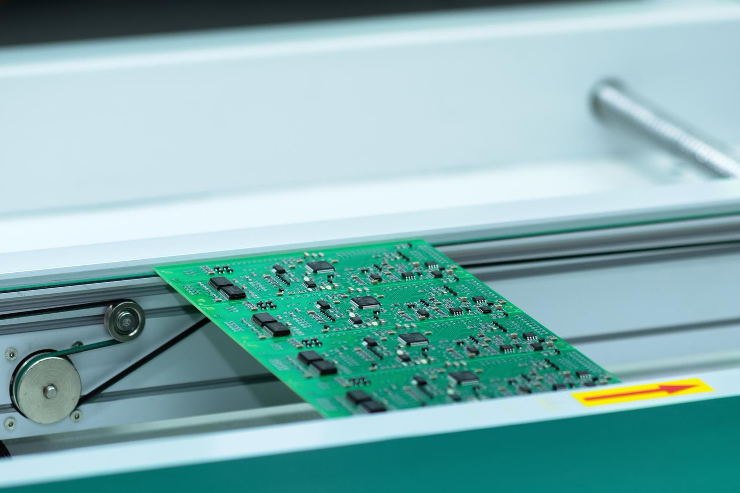Understanding Material and Part Properties in Plastic Injection Moulding
- josh61940
- Aug 23, 2024
- 3 min read

Welcome back to Amey Plastics’ blog series, where we break down and explain essential terms in the plastic injection moulding industry. In our last post, the Amey Plastics team explored key process terms, but in this post, we’re diving into material and part properties—critical factors that determine the quality and characteristics of the final moulded part. Let’s take a look at the important terms you need to know.
Thermoplastic
Thermoplastic materials are polymers that become pliable or mouldable at high temperatures and solidify upon cooling. One of the key properties of thermoplastics is that they can be repeatedly heated and cooled without undergoing chemical changes, allowing them to be reshaped and recycled. Common examples of thermoplastics include polyethylene (PE), polypropylene (PP) and polyvinyl chloride (PVC). These materials are highly versatile, making them suitable for a wide range of applications.
Thermoset
Unlike thermoplastics, thermoset materials cannot be remelted or reshaped after they have been cured (hardened). These materials undergo a chemical reaction during the curing process, forming a rigid, three-dimensional structure. Thermosets offer excellent heat resistance, structural integrity and chemical stability, making them ideal for high-heat and high-stress applications, such as electrical insulators and automotive components.
Melt Flow Index (MFI)
The Melt Flow Index (MFI) is a measure of the ease with which a thermoplastic polymer melts and flows when subjected to heat and pressure. The MFI is determined by pushing molten plastic through a small die under controlled conditions, and the result is expressed as the amount of material (in grams) that flows through the die in 10 minutes. A higher MFI indicates lower viscosity, meaning the material flows more easily, while a lower MFI means the material is more viscous and flows less freely. Understanding the MFI of a material is crucial for selecting the right processing parameters during injection moulding.
Shrinkage
Shrinkage refers to the reduction in size that occurs as the molten plastic cools and solidifies in the mould. All plastics shrink to some extent during cooling, but the degree of shrinkage depends on the type of material, mould design, and processing conditions. If shrinkage is not properly accounted for during the design phase, it can lead to dimensional inaccuracies, which may require post-processing adjustments or result in defective parts.
Warping
Warping is a common defect in injection moulding that occurs when different areas of a part shrink unevenly, causing the part to bend or twist out of shape. Warping can be caused by uneven cooling, poor mould design or inappropriate material selection. This defect is particularly problematic for parts that require tight tolerances or must fit with other components. Careful design, material selection and process control are key to minimising warping.
Flash
Flash is excess plastic that leaks out of the mould cavity and forms a thin layer of material along the parting line or other openings in the mould. This usually occurs when the mould halves do not close completely or if there is excessive injection pressure. Flash is generally undesirable and may need to be trimmed or removed in post-processing. It can be minimised by maintaining proper mould clamping forces and ensuring precision in the mould design and machine setup.
Sink Marks
Sink marks are small, recessed areas or depressions that can appear on the surface of a moulded part. They occur when the material in thicker sections of the part shrinks more than in thinner areas, causing an uneven surface. Sink marks are most common in parts with varying wall thicknesses or complex geometries. They can often be reduced by adjusting the cooling rate, improving material flow or redesigning the part to promote more uniform cooling and shrinkage.
Amey Plastics – Here To Help Your Next Project Understanding material and part properties is essential to producing high-quality, reliable moulded components. At Amey Plastics, we take pride in selecting the right materials and optimising the injection moulding process to ensure that our parts meet your exact specifications. By gaining a deeper understanding of these properties, our clients can make better-informed decisions when choosing materials and anticipating potential challenges during the moulding process.
Stay tuned for our next blog in the series, where we will explore more advanced terms and techniques in the world of plastic injection moulding. As always, if you have any questions or need assistance with your moulding needs, don’t hesitate to contact the Amey Plastics team on 01730 266 525 or email sales@ameyplasticsltd.co.uk.






Comments